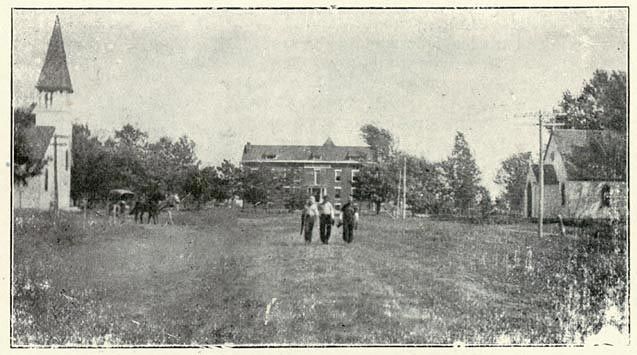
The Genoa Industrial Indian School was started in 1884 in a one-room school that had been originally built for the Pawnee before the tribe was removed from Nebraska to Oklahoma. The school had an initial enrollment of 74 students. Over time, the school would grow to have an enrollment of nearly 600 students from 10 states and more than 20 tribes. It would grow from a one-room school to 30 buildings on a campus covering 640 acres. The Genoa Industrial Indian School was the fourth non-reservation Indian boarding school established by the Indian Office (now the Bureau of Indian Affairs).
The school facility had been abandoned when the Pawnee were forcibly removed in 1879. The new school found that the school building was in poor repair and not really suitable. Following the popular design standards of the 1880s, the main building for the new school was a simple three-story structure with a hipped roof. Tall windows placed in pairs helped create a balanced appearance.
As with other American Indian boarding schools in the nineteenth century, the primary focus was on teaching English. Students were discouraged from speaking their Indian languages, as speaking an Indian language was seen as a hindrance to becoming civilized.
Under the assumption that Indians had to fully assimilate into American mainstream society, the federal government required Indian students to become practicing Christians. They were taught Christian theology from a Protestant perspective and were required to attend church services.
In addition to teaching the students English, the general goal of the school was to prepare the students to enter the labor market. There was a great emphasis on the trades. Students would spend a half-day in the classroom and then a half-day working at an assigned trade.
In order to provide the students with “practical” experience, Genoa, like other Indian boarding schools during this era, utilized an outing system. In order to make the students more familiar with the non-Indian world of work, the students were put to work as farm laborers for local non-Indian farmers and as servants in non-Indian houses. The students were not paid for their labor, but their “employers” did pay a small amount to the school. In general, the school was more focused on meeting the labor needs of non-Indians than in providing an education for the students.
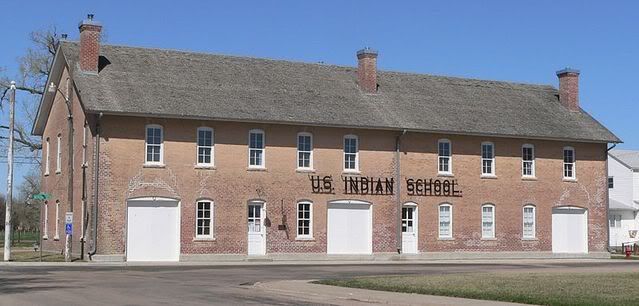
Genoa Indian School is shown above.
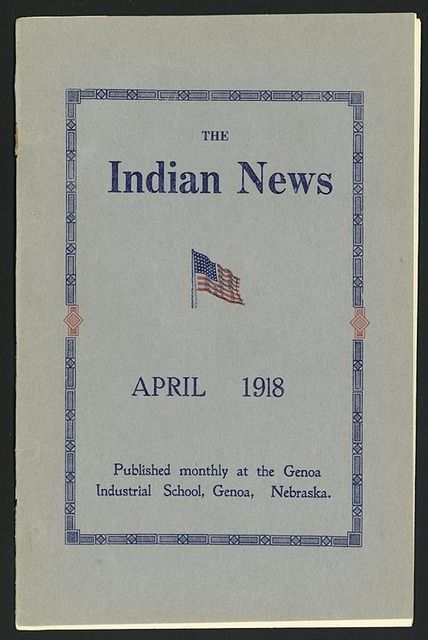
The Indian News (shown above) was the school newspaper. It provided programs for school events as well as accounts of life at the school, placing a strong emphasis on abandoning traditional Indian culture and adopting the cultural traits of the non-Indian world.
As the Great Depression of the 1930s worsened, Indian parents became more willing to send their children to boarding schools. In 1933, the Bureau of Indian Affairs notified Indian boarding schools to enroll only the neediest of children. Soaring enrollments, encouraged by the bad economic times of the Depression, was the reason for limiting enrollment. In 1934, the government closed the Genoa Indian School.
In 1976, the Genoa Indian School was declared a State Historical Site and in 1978 it was designated as a National Historical Site. Today the Genoa US Indian School Foundation operates the facility as the Genoa U.S. Indian School Museum. The museum attracts about 3,000 visitors annually.
The only building that remains from the school is the Manual Training building which has been restored with new windows, doors, heating and air conditioning.
As a side note, the designation “Genoa” was given to the site by the Mormons who used it as a temporary settlement along the trail to Salt Lake City, Utah. It served as a way station for the Brigham Young Express and Carrying Company. A Mormon settlement was established at the site in 1857 and it was abandoned in 1859 when it became a part of the Pawnee Indian Reservation.

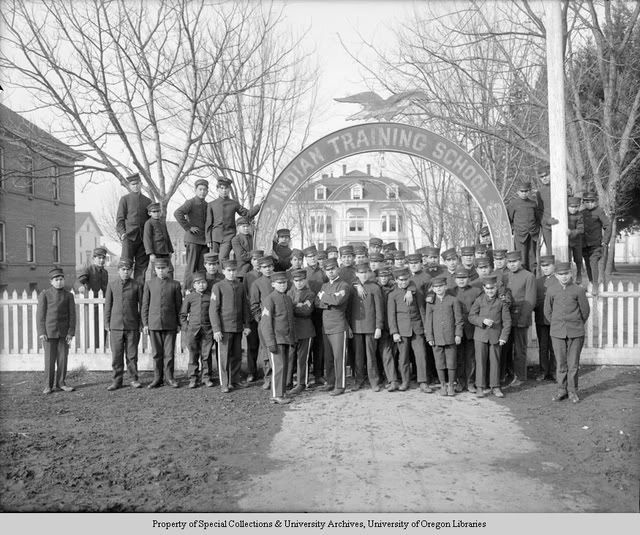
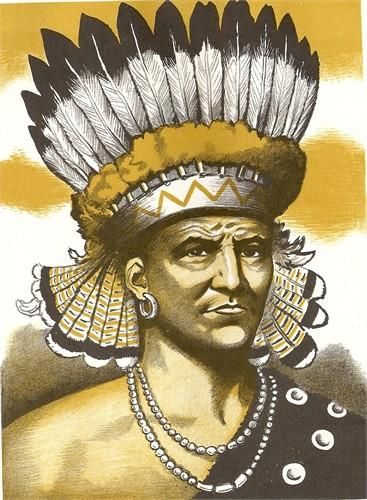
Leave a Reply